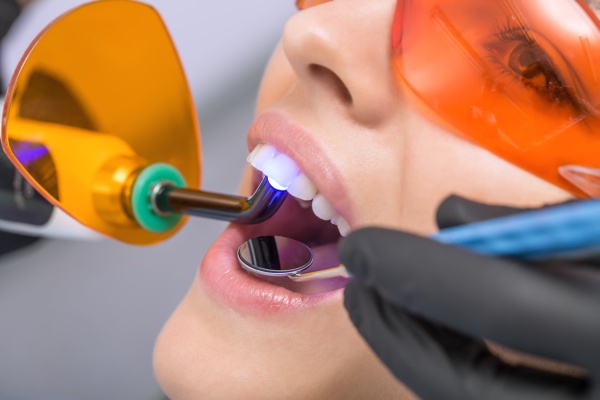In the field of modern dentistry, South Reno dentist office experts believe that technology innovations continue to transform how dental operations are conducted, improving both the patient experience and the efficiency of dental practices.
Laser-assisted dentistry is one such breakthrough that has received a great deal of attention. Laser technology has enabled precise, minimally invasive dental operations, which benefit both dental practitioners and patients.
Laser-assisted dentistry has become a cornerstone of modern oral healthcare, because of its ability to reduce discomfort and speed up recovery, as well as its adaptability in a variety of dental applications. In this short write-up, we will look at the numerous benefits of laser-assisted dentistry solutions and what they mean for the future of dental care.
Why do you need Laser Dentistry?
Precision: Lasers allow for accurate targeting of specific locations, resulting in minimally invasive procedures that cause less damage to surrounding tissue. This precision is especially useful for sensitive dental operations like gum surgery and cavity preparation.
Reduced Discomfort: When compared to traditional dental methods, laser dentistry is generally less painful. Lasers can reduce pain and suffering during procedures, making them more comfortable for patients. Furthermore, laser operations may reduce the requirement for anesthesia in certain circumstances.
Faster Healing: Lasers stimulate faster healing and tissue regeneration than traditional approaches. They cauterize blood vessels to minimize bleeding, edema, and the risk of infection. This can lead to shorter recovery durations and less postoperative discomfort for individuals.
Lasers are precise tools that can target the afflicted area while causing minimal damage to adjacent healthy tissue. The preservation of healthy tissue is critical for maintaining oral function and appearance.
Versatility: Laser technology can be used to cure gum disease, detect cavities, perform soft tissue surgery, whiten teeth, and other dental procedures. This adaptability makes it an invaluable tool in the dental practice, enabling the efficient and successful treatment of a wide range of oral health issues.
Conclusion
Laser-assisted dentistry is a remarkable innovation in dental technology, providing numerous benefits that have changed the face of oral healthcare.
Laser technology has changed dental operations by improving precision, reducing discomfort, shortening healing times, and increasing adaptability, resulting in a more comfortable and efficient treatment experience.
As dental practices continue to incorporate laser-assisted dentistry solutions into their operations, we may expect to see even better patient outcomes, as well as developments in the scope and efficacy of dental treatments.
Indeed, laser technology holds the promise of improving oral health and well-being for patients all around the world, illuminating the future of dentistry.


Comments are closed.